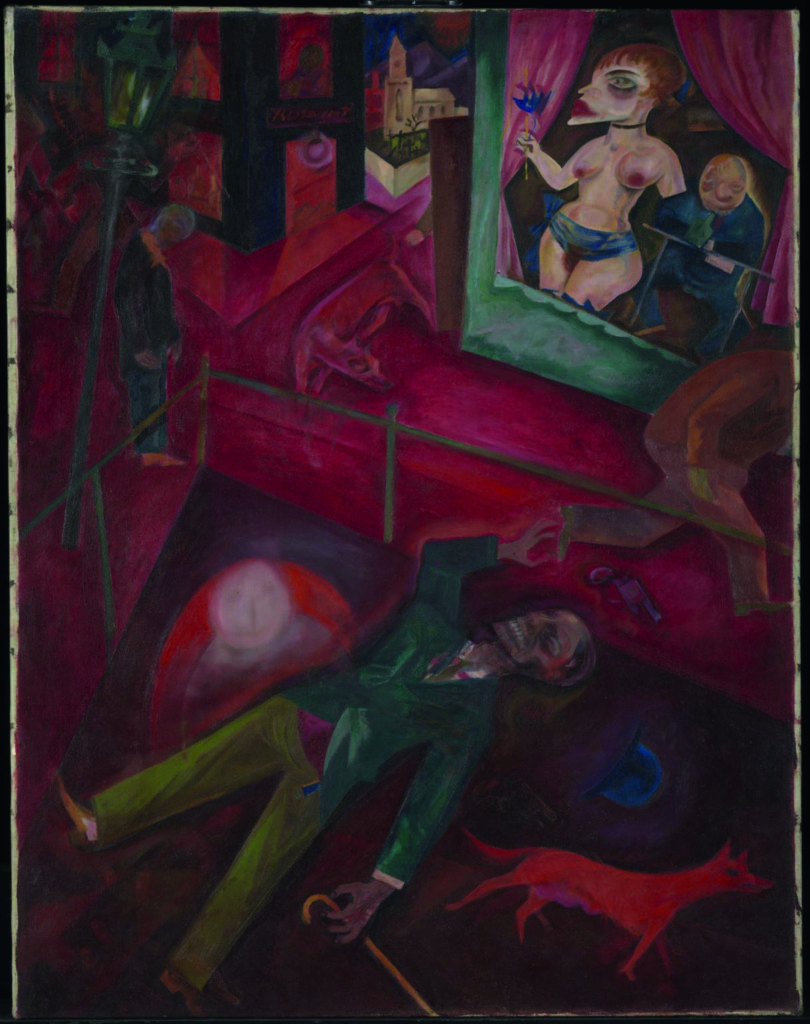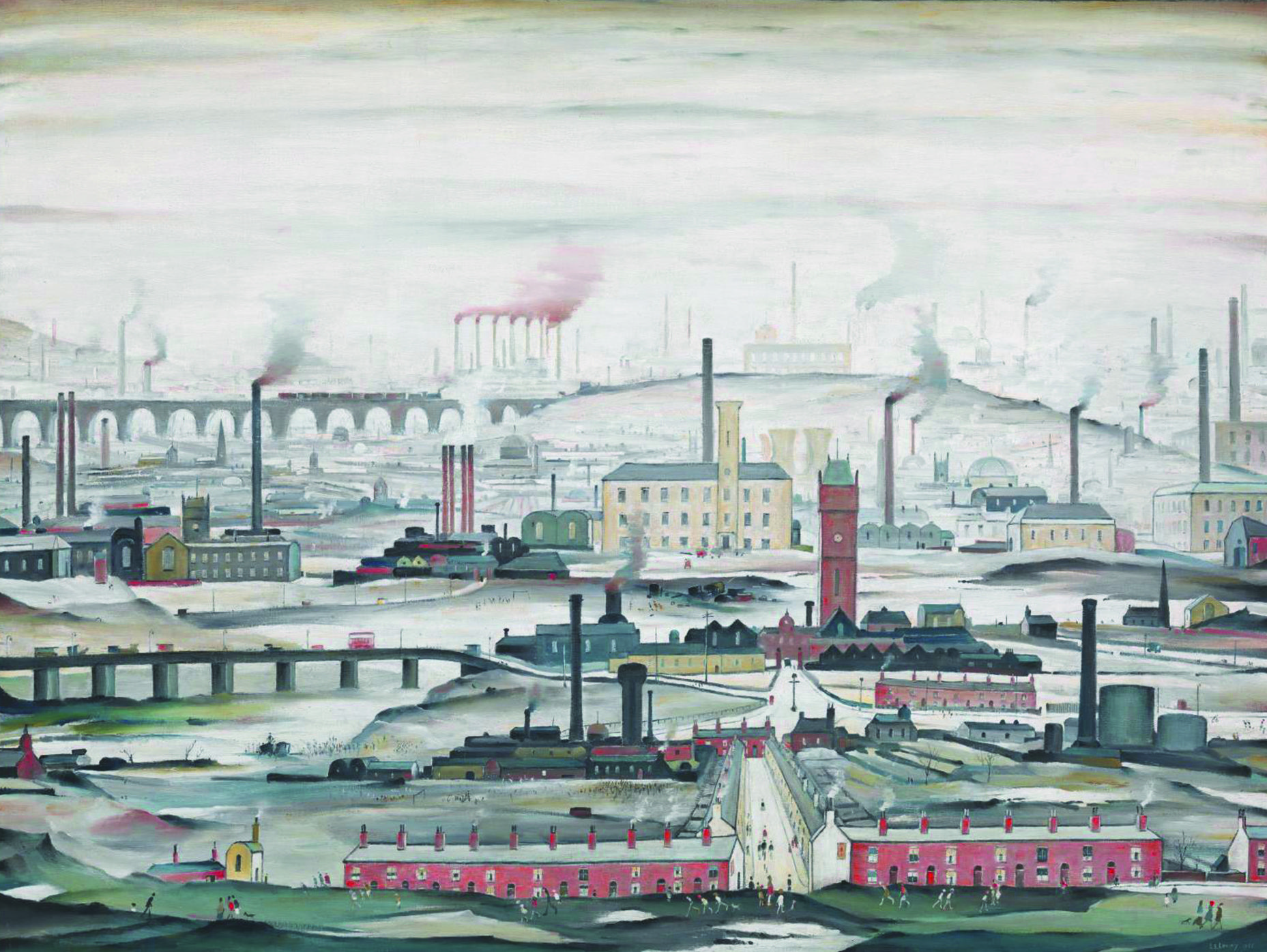Preview:
Constellations
Two seemingly unlinked pieces form the starting point of an exhibition showcasing an extensive archive of modern art at Tate Liverpool
Constellations: Highlights from the Nation’s Collection of Modern Art is the second part of an exhibition showcasing the Tate’s extensive modern art archive. They are “constellations” because of how the works are displayed: a brace of trigger works form the nucleus of the show with relevant, related pieces assembled around them.
“We utilise the two central paintings – German artist George Grosz’s Suicide and LS Lowry’s Industrial Landscape from 1955 – as a way of helping understand the works we show alongside,” explains curator Darren Pih. Suicide, painted during 1916, represents what Grosz perceived as the moral degeneration of his homeland as it lurched toward the far right.

“It depicts a scene of trauma, suicide and criminality and we use that to look at the way different artists in different times have responded to trauma and conflict,” says Phi. “Surrounding it we have work like Picasso’s Goat’s Skull, Bottle and Candle (1952), a sombre, monochrome painting produced in response to the Korean War.”
Other pieces sharing a room with the Grosz include several photographs from Karen Knorr’s Punk series and Sarah Lucas’s rather disturbing 1997 sculpture, Pauline Bunny.Lowry’s archetypal Industrial Landscape is displayed alongside fellow masters Mondrian – Composition with Yellow, Blue and Red (1935-42) – and Georges Braque, with his angular, sober Bottle and Fishes (1910). Artwork shown in conjunction with the Lowry includes associated photographs, paintings and video projection pieces.
“The entire room radiates from the Lowry and is concerned with how artists have somehow depicted modern life, focusing on how the worlds of work and technology and architecture have shaped lives. The works show that across the world there is always this relationship between buildings, objects and locations and the people who use them.”
There are connections between the trigger works too, despite them initially appearing disparate.
“They’re both history paintings that have become time capsules which let us look into the political and social reality of their time,” explains Pih. “Lowry’s work examines the landscape which was home to the workers of the North West while the Grosz work is timely, looking at a country drifting to the right and how many citizens are complicit with a state of moral and social breakdown.
“Both paintings may be abstract – at times the world can seem abstract – but it’s important sometimes to see things in a blunt, unflinching way.”
In parallel to Constellations runs the Tate Exchange project, in which organisations such as universities and smaller galleries are invited to use a space within the main exhibition itself. Poetry and writing workshops, film screenings, dance and performance art, all related to the themes and issues raised by the Grosz and Lowry works, are scheduled.
“It’s a way to open up Tate Liverpool in quite a radical manner – a new way to engage, thinking about how meaning can be created in partnership with the audience,” says Pih. “And it becomes a point of entry, giving people a platform to talk about and debate art in relationship to the Tate National Collection. They’re given a blank canvas to develop until they become co-creators.”
Constellations: Highlights from the Nation’s Collection of Modern Art and Tate Exchange, are at Tate Liverpool until July 2019

Leave a reply
Your email address will not be published.